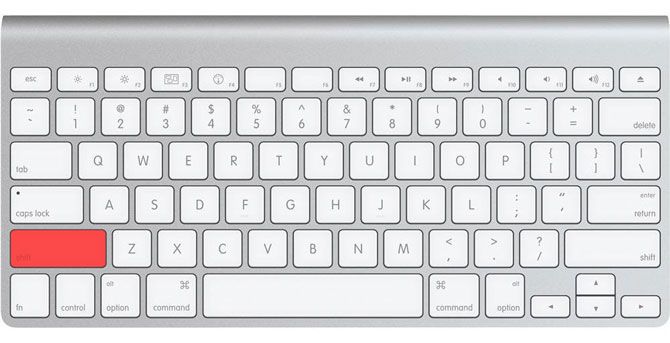
Filesystem consistency check and interactive repair. Journaling file systems avoid the need to run fsck - macOS Journaling is on by default in macOS 10.3 and above. Syntax Standard set of filesystems: fsck -p -f -m mode Specified filesystem: fsck -b block# -l maxparallel -q -y -n -m mode filesystem. Fsck, similar to chkdsk in windows, checks and repairs the file system in Unix & Linux operating systems. Learn about fsck modes, phases & fsck errors messages. Fsck, File System Consistency checK, is a system utility in Unix, Linux and other Unix like systems for.
Question
My Macintosh computer doesn't boot into Mac OS X. What can I do?
Answer
Start up your computer in single-user mode to reach the command line.
Note: If necessary, perform a forced restart as described in the Emergency Troubleshooting Handbook that came with your computer. On desktop computers, you can do this by pressing the reset/interrupt button (if there is one) or holding down the power button for several seconds. On portable computers, simultaneously press the Command-Control-power keys. If your portable computer doesn't restart with this method, you may need to reset the Power Manager.
At the command-line prompt type:
/sbin/fsck -fy
Press Return. fsck will go through five 'phases' and then return information about your disk's use and fragmentation. Once it finishes, it'll display this message if no issue is found:
- The volume (name_of_volume) appears to be OK
If fsck found issues and has altered, repaired, or fixed anything, it will display this message:
***** FILE SYSTEM WAS MODIFIED *****
Important: If this message appears, repeat the fsck command you typed in step 2 until fsck tells you that your volume appears to be OK (first-pass repairs may uncover additional issues, so this is a normal thing to do).
When fsck reports that your volume is OK, type reboot at the prompt and then press Return.
Your computer should start up normally and allow you to log in.
In spite of the latest technology used in the majority of the hard disks, they are always prone to corruption. Mac, which is shipped with one of the finest hard drives, also stands a risk of getting corrupt. There are various reasons that can cause corruption in a hard disk. However, there are various options available on the Mac platform to repair the disk.
Note: Mac uses an HFS+ file system for their hard drives. It is an extended format of the HFS file format, which was used in earlier Mac computers and iPod music players.
One of the most simple and easy ways is to go to the Recovery mode and use the disk utility option.
But, there are times when the disk utility might not work or such an option might not be present at all. Such a situation remains very challenging for the user, as he would not be able to repair his corrupt Mac disk.
There are other options as well, which a user might try. A user can make use of the command line option to run various commands. Mac supports various tools including the file system check ‘fsck’ to repair a corrupt Mac Disk. Fsck is a very simple command supported by UNIX and UNIX-like operating system including Mac OS X. Primarily, the fsck command is used to check the consistency of the file system. However, there are various fsck tools, which can be used to repair the damaged file system. Generally, the command runs automatically at the boot time, but, the command can also be manually run in case there is any problem with the file system. It can easily run on the command line to perform an HFS disk repair for Mac. In order to repair a disk using an fsck command, you need to log in into the Mac using a single user mode. For this, you need to follow the below mentioned steps.

- Hold down the Command+S key to boot Mac into a single user mode.

Fsck For Mac Os
Note: You can successfully do this, if you hold down the Command+S key as soon as you hear the boot chime.
- You will see some white text on black background. This ensures that you have logged in as a Single User Mode.
- A small box appears at the bottom of the screen. This is a command prompt where you need to type the command.
- Type fsck –fy command after the # sign.
- A message stating ‘The volume (name) appears to be OK’ appears after the repair process is complete.
Note: In case you receive any other message like ‘File system was modified’, then you should keep running the fsck –fy message until ‘The volume (name) appears to be OK’ message appears.
Run Command Line Disk Scan Mac
- In order to leave the Single User Mode, type ‘reboot’. This would boot the Mac normally into OS X.
- Once the Mac is up and running, you can verify the drive by making use of the Disk Utility and running the ‘verify’ command.

The above-mentioned steps are sufficient to repair the corrupt Mac disk. However, at times both the ‘fsck’ and Disk Utility might not work. In such a case it is quite possible that the hard disk drive has reached its last stage.
Fsck For Mac Pro
Note: It is always advised to backup all your valuable data to avoid any disaster. You can either take a manual backup or schedule the system to take a timely backup of your important data. For more information, you can visit this: http://www.stellarinfo.com/mac-software/volume-repair.php